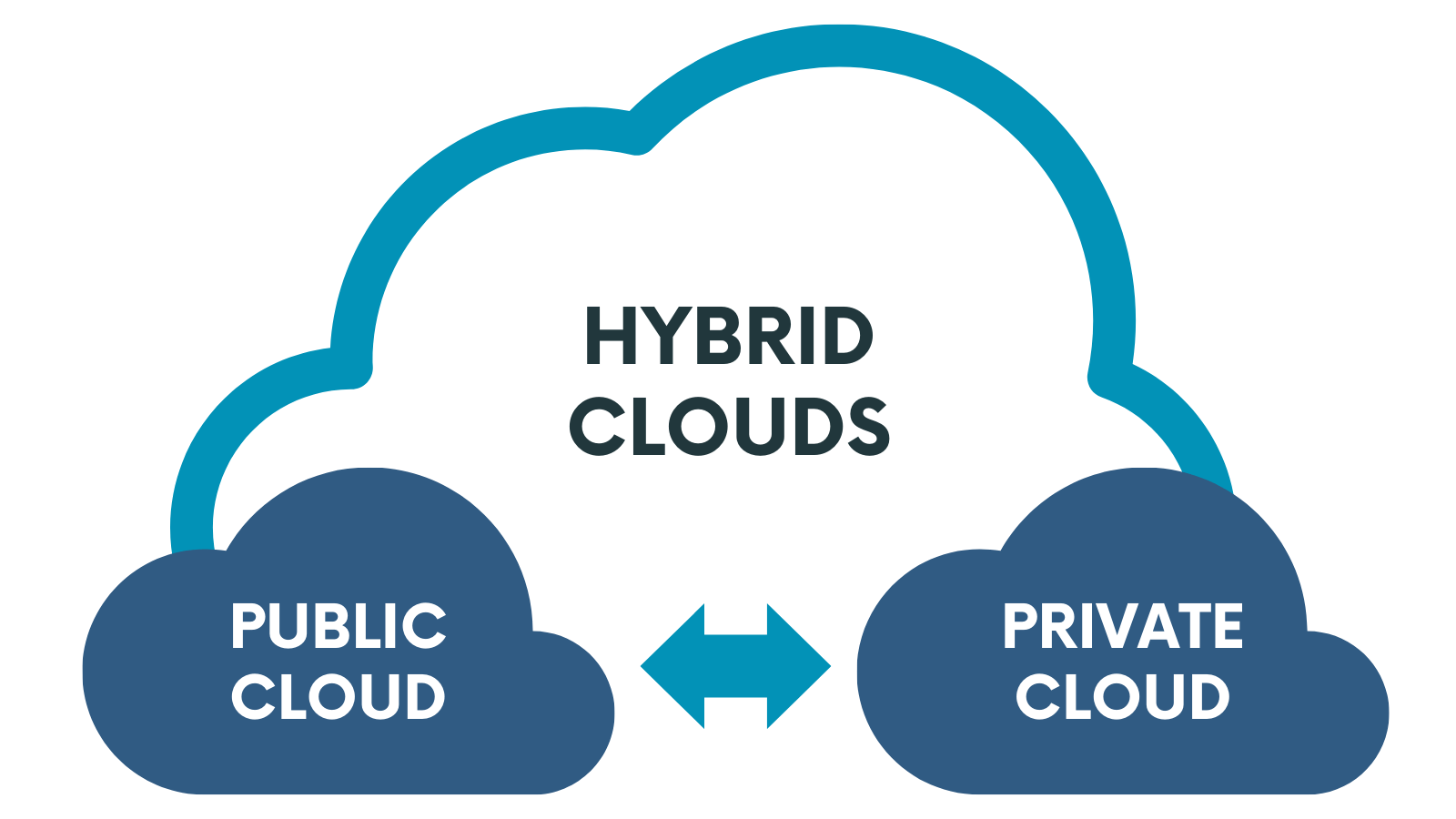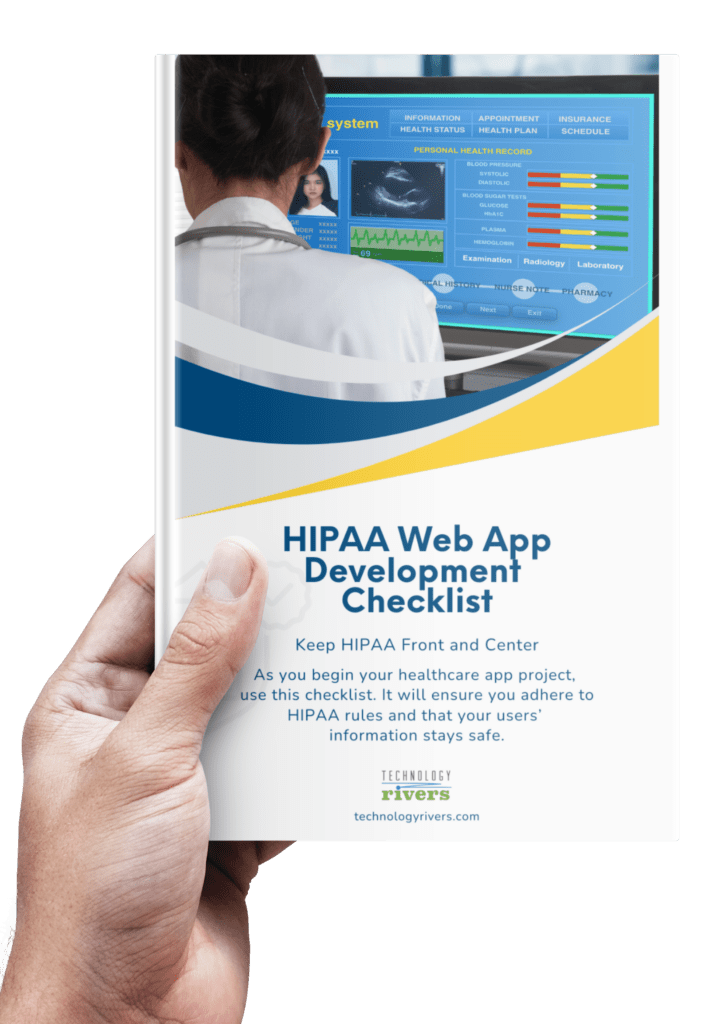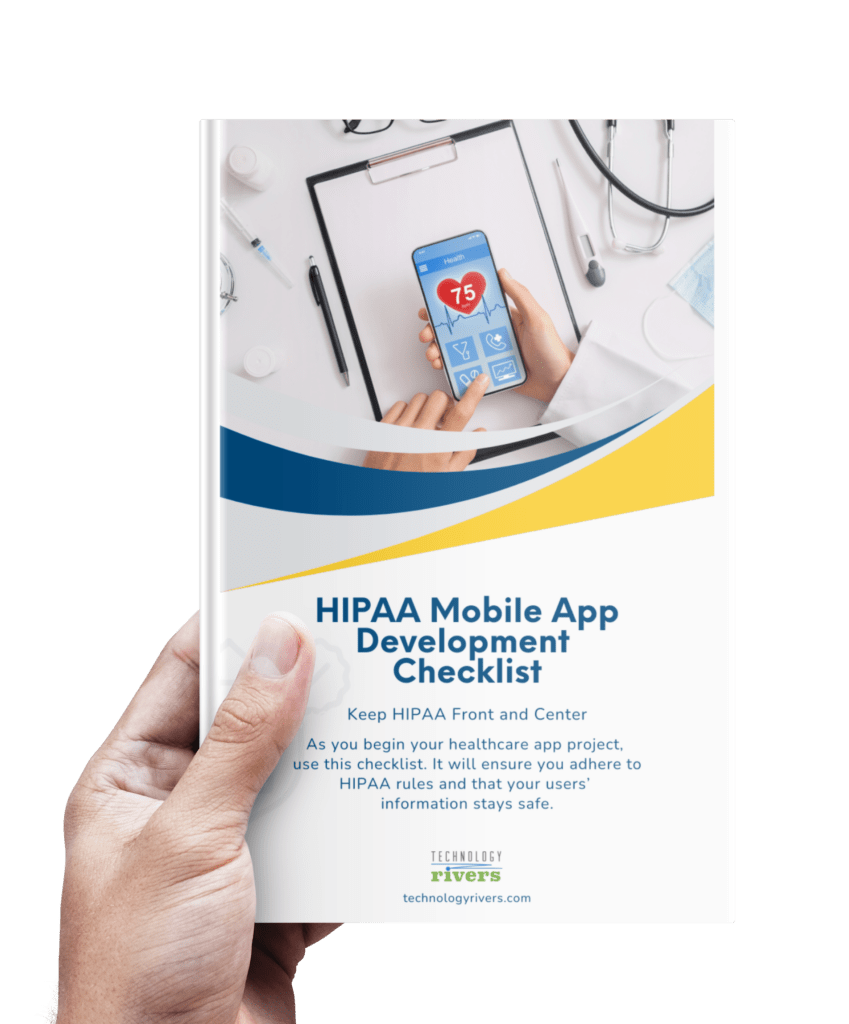Blogs » Tips for Startups to Build a Scalable and Secure Application Infrastructure
Table of Contents
Building a scalable and secure app infrastructure is the most important aspect of any software application. When you build a startup, security should be the first thing on your mind. You can’t let fear or uncertainty hold you back from innovating and being present in the market with a new product or service.
If you have the time, will, expertise, and money, investing in scalability could pay off in the long run. If so, we would suggest disregarding it and concentrating on the prior two ideas.
Concentrate on delivering your product to your first five consumers rather than your first 1,000. When it comes to constructing scalable infrastructure, the best you can do is think about design principles while building your app so that it won’t be too difficult to get started when the time comes to grow.
When it comes to MVP philosophy, security is regrettably disregarded. People simply do not perceive the value in the time investment required. This is risky gambling because a security breach could result in a significant loss of data, consumer confidence, and time.
How to Implement a Hybrid Cloud Strategy for Startups
The use of the hybrid cloud infrastructure is unavoidable for most businesses because cloud computing is required for a firm to stay current in the industry and competition. According to FlexeraTM’s RightScale 2019 State of the Cloud Report, 94% of the 786 technical professionals questioned from a diverse range of enterprises use some type of cloud strategy. They can also employ a public, private, or hybrid cloud.
What is a Hybrid Cloud Strategy?
A hybrid cloud is a computer system that combines one or more public cloud providers with a private cloud by sharing data and applications. When demand for storage and compute resources surpass the capacity of the on-premises private cloud, hybrid cloud computing allows organizations to effortlessly scale up their on-premises infrastructure to the public cloud to handle any overflow.
A hybrid cloud strategy is a way forward for any firm seeking flexibility, affordability, greater security, improved access and communication, and customizable IT solutions. However, like with any new strategy, when experience is limited, this can be scary. Don’t be afraid to contact an expert for assistance in developing and implementing a hybrid cloud solution that is not only personalized to your individual needs but is also geared to propel your organization ahead.
Most cloud hosting providers for startups and enterprises necessitate the usage of several APIs, manual software upgrades, and the purchase of third-party hardware and support, but a hybrid cloud with AWS enables developers and IT operations teams to innovate at the same rate across many settings. The customer decides where the hardware will be installed. It is delivered, installed, monitored, patched, and updated by AWS. Organizations can reduce the time, money, operational risk, and downtime necessary for IT management.

Why Should You Implement a Hybrid Cloud Strategy?
A hybrid cloud strategy is extremely beneficial for businesses that deal with dynamic or changing workloads. Consider an order entry system that experiences a surge in demand during the holiday season. This circumstance would be ideal for a hybrid strategy because they could run the application in a private cloud but use a cloud bursting from a public cloud during peak demand.
Benefits of a Hybrid Cloud Architecture
Gartner predicts that 90 percent of firms will have embraced a hybrid strategy by 2020, and it’s obvious to see why when you consider the benefits. Both public and on-premise deployment have distinct advantages; however, they also have distinct disadvantages. That is until they are combined.
Simply said, a hybrid cloud strategy is great for businesses of all sizes that emphasize security, are poised for growth, and have significant data demands, because it solves all of these criteria and more.
Don’t Forget the Planning Stage
What irritates you? Building an amazing app that has the potential to impact the lives of thousands of people, only to watch it fail because you didn’t consider scalability from the start. Every firm will have to appeal for capital at some point in its life. After all, you can’t bootstrap indefinitely.
Before you realize it, you’re attempting and praying for your first round of funding. Following that is usually a technical audit to identify the present state of your startup infrastructure, whether it can be quickly scaled, and whether it can handle accelerated growth.
The unpleasant reality is that if the outcomes of this audit do not favor you, you may lose your funding opportunity. Ouch! That’s hardly something you’d desire, is it?

Building For Scalability from the Outset
Not every startup considers scalability from the beginning – be the exception!
When you have a brilliant idea, you immediately begin coding. After all, you want to get to the market as quickly as possible. Otherwise, someone else could build your app and outcompete you in the market. However, doing so may condemn your startup to failure. Why? Because you aren’t prepared for success.
When investors look for businesses to invest in, they want to be able to benefit quickly and easily. This means that your app’s architecture must be easily scalable to support double, treble, or even 10 times the number of users it now has.
So, if you don’t start your business journey with scalability in mind, you could need to create a whole different architecture by the time you want to attract investors.
Nobody has the time for that. Certainly not investors.

Consider Building Your Application in The Cloud From The Very Beginning
Cloud-native applications use microservice architecture. This cloud hybrid architecture distributes resources efficiently to each service utilized by the application, making it versatile and adaptable to a cloud architecture.
Cloud-native applications are used by DevOps proponents to increase corporate agility. They are not conceived, produced, or distributed in the same way as traditional cloud-based monolithic applications. Cloud-native applications have shorter application lifecycles, as well as being extremely resilient, visible, and controllable.
Focus on Security from The Start
Application security is the discipline of methods, practices, and technologies aimed at protecting applications from threats across their entire lifecycle. Cyber thieves are well-organized, specialized, and motivated in their search for and exploit vulnerabilities in enterprise systems in order to steal data, sensitive information, and intellectual property. Application security may assist organizations in protecting all types of applications utilized by internal and external stakeholders such as consumers, business partners, and workers (such as legacy, mobile, desktop, web, and microservices).
Organizations require application security solutions that protect all of their programs, from internal to popular external apps on customers’ mobile phones. Application security solutions should be capable of testing web applications for analyzing code, possible exploitable vulnerabilities, and assisting in the administration of security and development management processes by coordinating efforts and enabling collaboration among diverse stakeholders. Application security testing solutions must also be simple to use and deploy.
Design A Rollout Plan Using Container Orchestration in The Cloud
Container orchestration can be used in any situation where containers are used. It can help you deploy the same program in multiple situations without having to change it. Furthermore, microservices in containers facilitate the orchestration of services such as storage, networking, and security.
Containers provide a suitable application deployment unit and self-contained execution environment for your microservice-based projects. They enable the independent running of many sections of an app in microservices on the same hardware, with considerably greater control over individual pieces and life cycles.
Using orchestration to manage the lifetime of containers also benefits DevOps teams who integrate it into CI/CD procedures. Containerized microservices, along with application programming interfaces (APIs) and DevOps teams, form the foundation for cloud-native applications.
What is Container Orchestration in the Cloud?
Container orchestration automates container deployment, administration, scaling, and networking. Container orchestration can help enterprises that need to deploy and manage hundreds or thousands of Linux® containers and hosts.
Which Tool is Used for Container Orchestration?
Container orchestration technologies provide a platform for scalable controlling containers and microservices architecture. For container lifecycle management, there are numerous container orchestration systems available. Popular alternatives include Kubernetes, Docker Swarm, and Apache Mesos.
Kubernetes is container orchestration software that is open-source and developed by Google employees. In 2015, Google gave the Kubernetes project to the newly created Cloud Native Computing Foundation.
Automate As Much as You Can for Faster Development
Our daily lives are being altered by automation. Everything is gradually being mechanized, from mundane tasks to highly specialized ones. Automation has saved millions of dollars in development and deployment costs due to the perceived benefits of “create once reuse N times.”
Similarly, in software development, automation allows the development team to reduce errors while increasing productivity.
Some of the most popular automation frameworks for development, testing, and deployment are listed below.
- Prebuilt software
- Automation of validation and testing
- CI/CD for release control
Using automation frameworks in conjunction with manual coding ensures excellent project delivery in much less time, with less effort, and with lower expenses.
Conclusion
Setting up and managing hybrid cloud infrastructure requires a significant amount of effort. Startups face the greatest challenges because they lack time and frequently lack DevOps skills. You may concentrate on the important: scalability and security.
Cloud-native applications gained popularity in recent years and are predicted to dominate future software development. As per the Cloud Native Computing Foundation, there will be at least 6.5 million cloud-native developers in 2020, up from 4.7 million in 2019.
Cloud-native applications address some of the fundamental issues with cloud computing. However, shifting to the cloud to boost operational efficiencies presents a number of obstacles.
Technology Rivers is a software development agency based in Washington DC that specializes in developing software solutions for startups and growing businesses that want to create high-quality software without breaking the bank, even if they lack a technical background in software application development. Some of our cloud projects are Hireworx, Ripcord, MileMarker which you can check out. Get in contact with our specialists immediately if you want to join up for extra help to help you get this right the first time.













